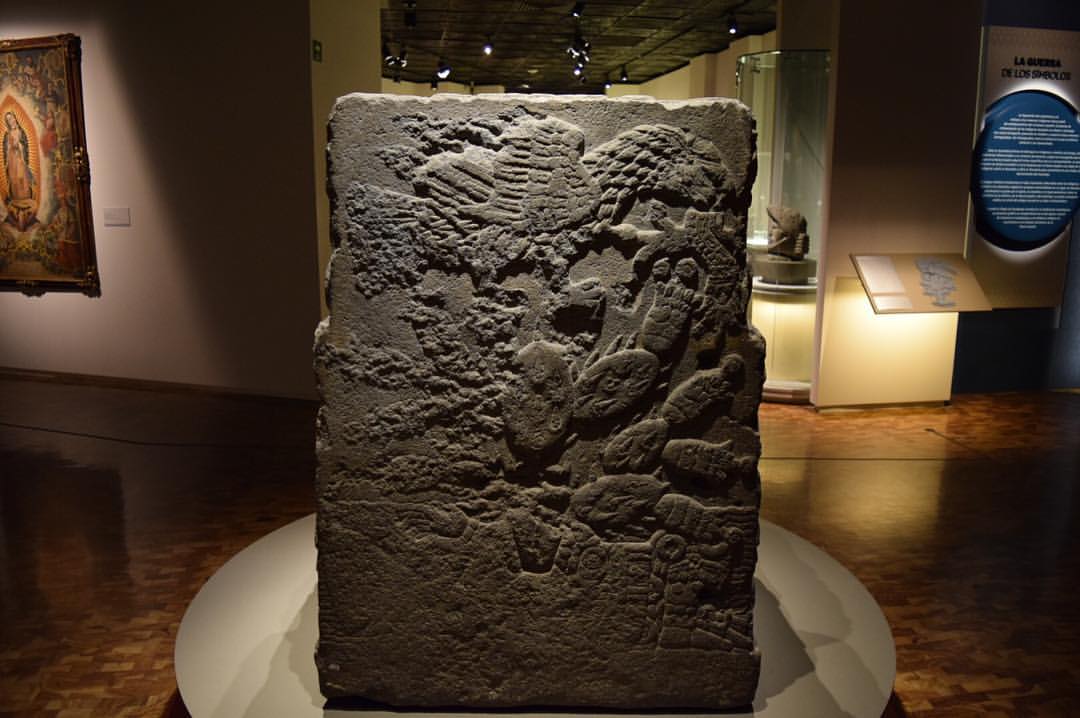Flag Day in Mexico (Día de la Bandera) is celebrated on February 24th each year. The Flag of Mexico is one of the three National Symbols, along with the Anthem and the National Coat of Arms.
The design of the Mexican flag consists of three vertical stripes of equal size, colored green, white, and red. In the center of the white stripe is the national coat of arms, which shows an eagle devouring a snake perched on a nopal cactus, a symbol that dates back to the founding of the city of Tenochtitlán by the Mexicas.
Flag Day in Mexico is an occasion to honor and celebrate the importance of this national symbol, as well as to reflect on the meaning of independence and the country’s unity.
Why do Mexicans celebrate Flag Day on February 24th?
The first time this date was celebrated was in 1940 when then-President Lázaro Cárdenas decreed that February 24th be officially celebrated as Flag Day.
Currently, Article 10 of the Law of the National Coat of Arms, Flag, and Anthem states that February 24th “is solemnly established as Flag Day.”
What does the eagle and snake represent on the Mexican flag?
The National Emblem is part of the heritage of the Mexica culture that dominated a large part of the Mesoamerican peoples.
The image of an eagle standing on a nopal cactus is the sign that the Mexicas looked for after leaving the land of Aztlán.
The story tells that Huitzilopochtli, their god of war, ordered them to found Tenochtitlán in the place where they found an eagle standing on a nopal cactus devouring a snake.
It is called the Teocalli of the Sacred War, and you can visit it in the Mexica Room of the Museum of Anthropology in Mexico City.
It is a monolith from the Late Postclassic period (1250-1521 AD) that reproduces the founding myth of Mexico Tenochtitlán.
On one of the faces of the Teocalli of the Sacred War, the image of a royal eagle standing on a nopal that sprouts from a figure lying over the water is shown. The nopal has prickly pears that the eagle devours, which symbolize human hearts.
In the Teocalli of the Sacred War (Teocalli de la Guerra Sagrada), the eagle has in front of its beak the glyph of war, called atl tlachinolli.

What does the cactus on the Mexican flag represent?
In the Teocalli of the Sacred War, the nopal cactus on which the eagle stands sprouts from the body of a figure representing Cópil.
The story tells that Cópil, son of Malinalxóchitl, attempted to kill Huitzilopochtli and harassed the Mexicas who came from Aztlán.
However, thanks to his clairvoyant powers, Huitzilopochtli defeated and captured Cópil, cut off his head and removed his heart, which he threw into the center of a lake.
And it was there, from Cópil’s heart, that the wild nopal cactus with prickly pears sprouted, upon which a royal eagle per
What Was the Original Flag of Mexico?
The original flag of Mexico, which marked the beginning of the nation’s fight for independence, bore the image of the Virgin of Guadalupe. This flag was raised by Miguel Hidalgo in 1810, signifying the start of the War of Independence against Spanish rule. It showcased the Virgin on one side and a royal eagle on the other, symbolizing the blend of religious faith and indigenous roots that fueled the independence movement. This flag laid the groundwork for future Mexican flags, evolving into symbols of unity and national identity.
Mexican Flag Colors Meaning
The Mexican flag’s colors of green, white, and red hold deep significance, each representing essential principles and values of the nation. Originally, the green signified independence, the white denoted Catholic faith, and the red symbolized the union between Europeans and Americans. Over time, the meanings have evolved to embody hope (green), unity and purity of ideals (white), and the blood of national heroes (red). These colors reflect the changing aspirations and values of the Mexican people, from the early struggles for independence to the ongoing pursuit of a harmonious and prosperous society.
Which Flag Was First, Mexico or Italy?
The Mexican flag, officially adopted in 1821, predates the Italian flag, which was formally adopted in 1861 following Italy’s unification. Both flags share the green, white, and red tricolor design, but they were conceived independently and represent distinct national histories and symbols. The Mexican flag’s colors originated from the Army of the Three Guarantees in 1821, while the Italian flag’s colors were inspired by the military uniforms of the Cisalpine Republic, a French client republic in Northern Italy, at the end of the 18th century.
ALSO. Mexico’s President attacks a journalist from The New York Times again











